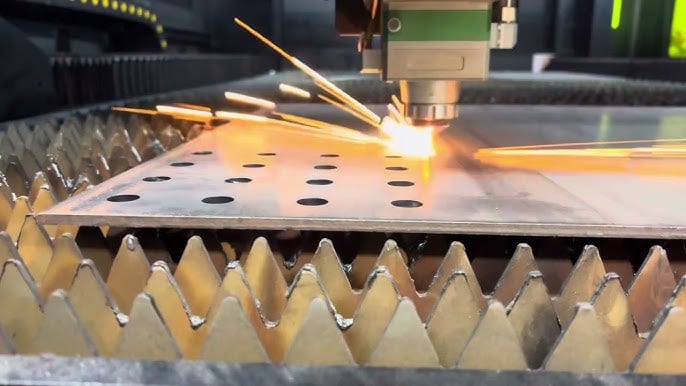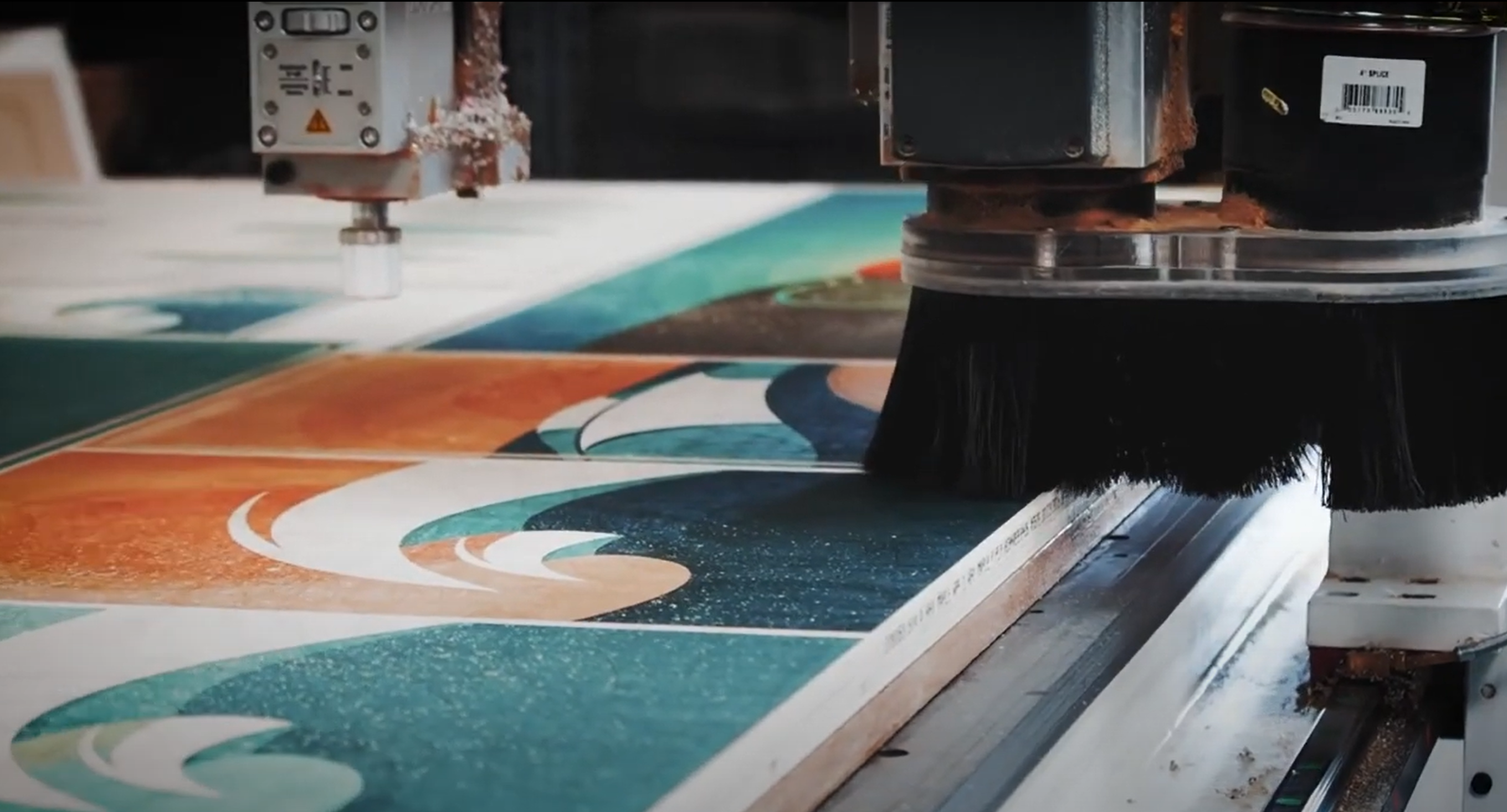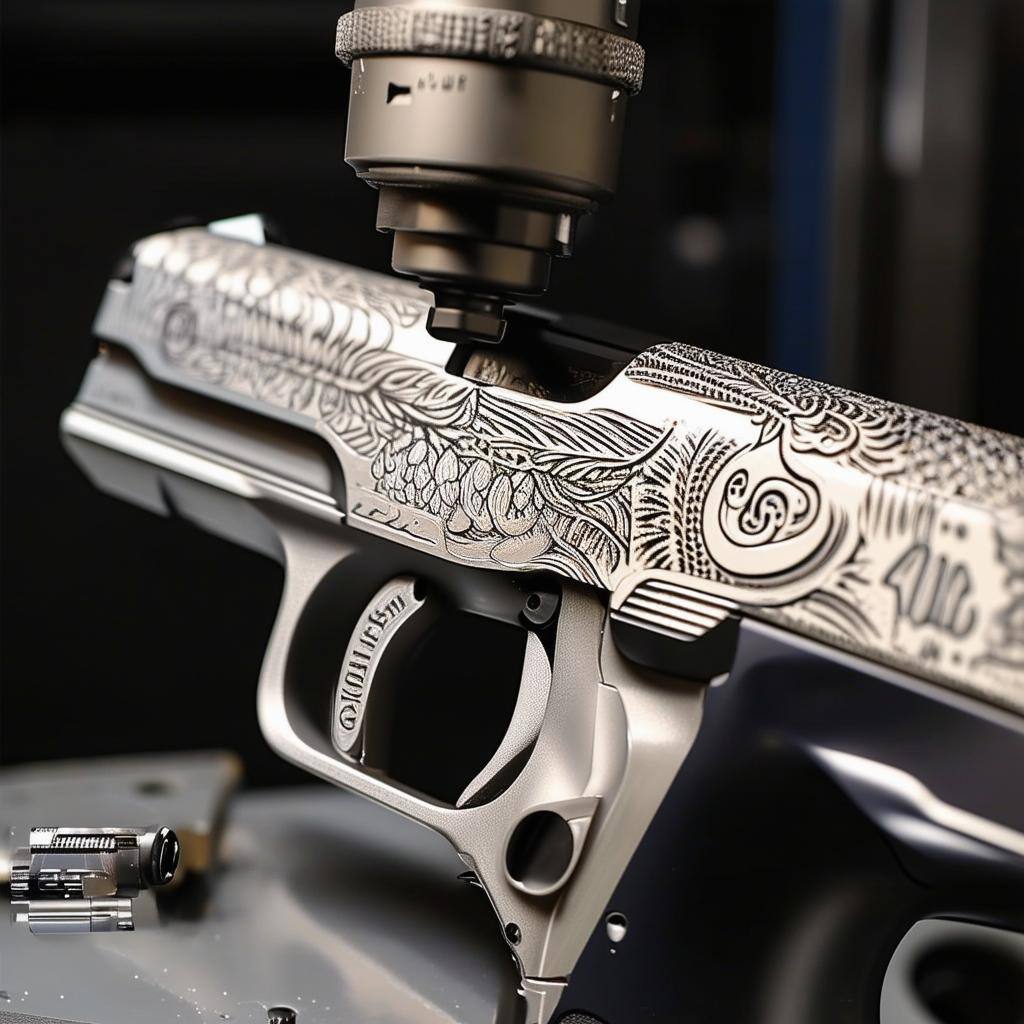So, you’ve picked up a CO2 laser, and engraved onto a variety of materials; perhaps wood, ceramic, maybe even leather. But then you tried burning something into a piece of steel, and you didn’t have any success. That was my experience, anyway. Then I learned that C02 lasers are generally not powerful enough to manipulate the physical composition of metal.
Fiber lasers of at least 50 watts are typically reserved for that task. But, for those of us who own C02 laser engravers, there’s an approach that can enable us to mark images onto the surface of metal.
Even though the image will not be actually embedded into the metal below the surface, the process can produce a durable image and offers a good production option.
The approach is to use a spray product that is specially formulated for marking on metal using a C02 laser.
To use one of these products, you spray a layer onto a clean metal surface, and then use your laser to fuse the image to the metal.

I tested several products that are marketed or reputed as products that are capable of marking on metal using a CO2 laser.
The products included:

First, I tested the products for two factors; how much power was required to make a permanent mark, and which metals was each product capable of marking on.
To determine the metal types that would be supported by each product, I ran samples on stainless steel, copper, aluminum and brass.
I found that all of the products had some ability to mark on metal, with stainless steel being the material that all products could mark on effectively. With the other metals, results varied.

To provide a complete view of the usability and operating costs of each of the products, I also looked at every factor that I could think of that would represent the characteristics that mattered for a production laser engraving operation;
Spray quality: how well did the product lay down on the metal substrate? Were there splatters, unevenness or other inconsistencies to contend with?
Clean-up: After running the laser image, you have to remove the excess material. How easily did the excess spray wash off? Did I have to use abrasives to scrub it?
Cost: What is the cost per square inch to use the product? These are not inexpensive products, and the range in cost per square inch is substantial.
Darkness: The products varied in the level of darkness that could be achieved in the image. The darker the mark, the higher the rating that I applied.
Durability before laser: After spraying the material onto the metal, how easily does the material flake off? Some shops prefer to spray a bunch of blanks and have them ready to go when orders arrive, so that they can gain the efficiency of batch processing.
Durability after laser: How permanent is the mark after it has been engraved? Can it be rubbed off? Power washed?
Laser speed: Time is money in a production shop, so I measured how fast I could run the laser without compromising the image quality and durability.
The results:

Conclusions
CRC Moly Lube is a lubricant product that isn’t manufactured with the intention that it be used for laser marking. For hobbyists who just want to try some inexpensive experiments on stainless steel, at about $10/can it’s a great option.
For professionals who want the flexibility to run on a variety of metals, user friendly application and easy clean-up, my recommendation is to give Laser Bond 100 a try.

For more information check out the video on the ToolMetrix YouTube channel.
Paul Mayer is a guest blogger. He operates under the name "ToolMetrix" (because of his passion for detailed tool analysis) and his work can be found on his:
YouTube Channel: (youtube.com/c/ToolMetrix)




